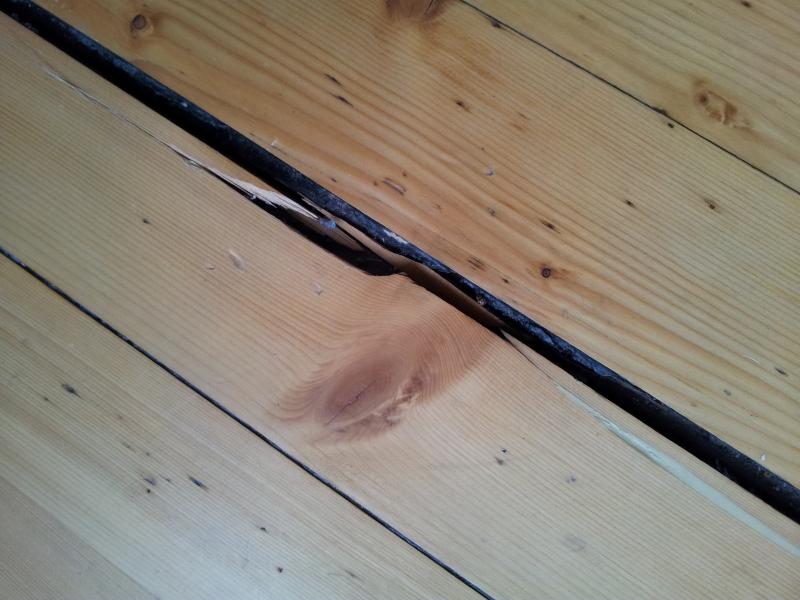we have sanded floors, pine I believe and varnish without any stain just natural aging colour. there is one section, possibly due to movement, where a slight gap has occurred. I wasn't too fussed but recently the edges have splintered off so I should probably fill them to prevent it worsening. the gap is possibly 1cm max and half that in depth.
what is best so that I can get a good colour match to the boards? obviously needs to be hardwearing..
what is best so that I can get a good colour match to the boards? obviously needs to be hardwearing..



